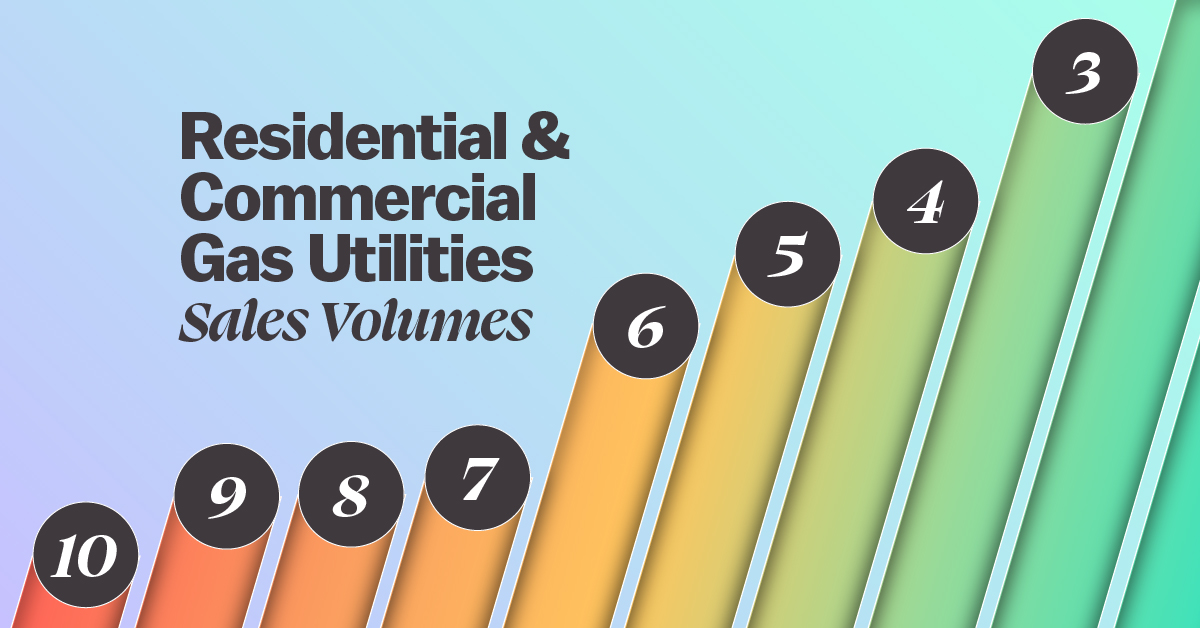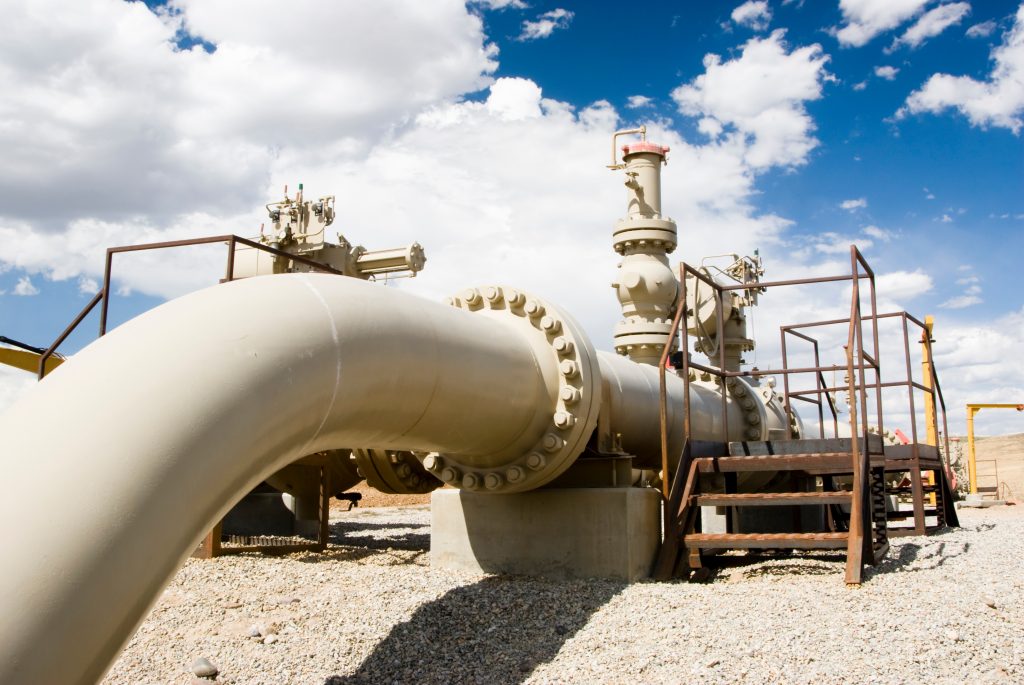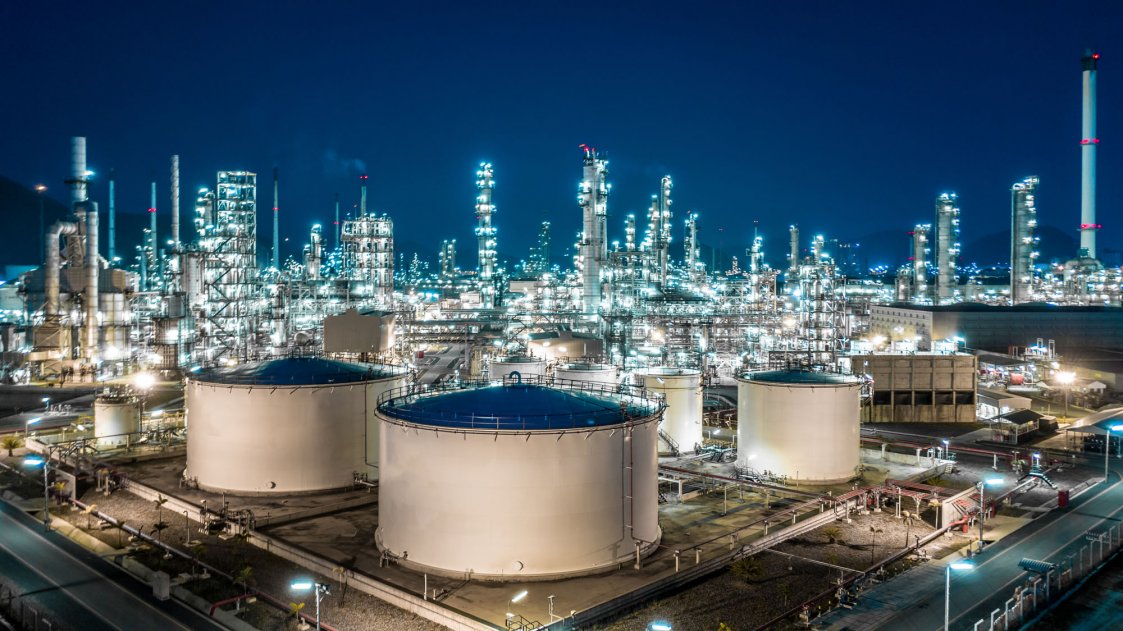In today’s dynamic energy market, making the right decisions about commercial gas utility plans, industrial gas rate agreements, and large volume gas contracts is crucial. According to a SEMrush 2023 Study, gas prices have rebounded sharply, reaching $4.899 in April 2025. The US Energy Information Administration and industry experts also highlight the impact of factors like weather, supply – demand balance, and regulatory changes. Don’t miss out! Compare premium vs counterfeit models of gas contracts now. Get a Best Price Guarantee and Free Installation Included when you act fast. Our local service modifiers ensure personalized solutions. This fresh buying guide can save you money and headaches.
General information
Market forces
Price – influencing factors
As of recent, gas prices have rebounded sharply, with the April 2025 NYMEX contract reaching a notable high of $4.899 (SEMrush 2023 Study). A variety of factors are at play here. Cooler weather forecasts, a tightening supply – demand (S&D) balance, and shrinking inventory surplus have all supported these price increases. The weather – adjusted S&D balance has shown undersupplied conditions over the past few weeks due to a substantial decline in gas production.
For example, during periods of colder weather, the demand for natural gas for heating purposes spikes. A commercial building in the Northeast United States might see its gas consumption increase significantly during a cold snap, which in turn can influence local gas prices.
Pro Tip: Businesses should closely monitor weather forecasts, especially during seasonal transitions, as it can give them an early indication of potential price changes. Keep an eye on reliable weather prediction services and energy market news platforms.
Long – term significant factors

Over the long – term, the most significant factors affecting natural gas prices remain the weather. Specifically, how cold the remainder of the winter will be and how warm the summer will be, the occurrence of extreme weather conditions, and facility outages all play crucial roles.
In the past, extreme weather events such as hurricanes have disrupted gas production facilities in the Gulf of Mexico, leading to supply shortages and price hikes. An industrial factory that relies heavily on natural gas for its operations might face production delays and increased costs during such events.
Pro Tip: To mitigate the impact of long – term weather – related price fluctuations, businesses can consider diversifying their energy sources. For example, incorporating some renewable energy options like solar panels for part of their energy needs.
Pricing structures
There are different pricing structures in the natural gas market. Changes in prices at natural gas hubs tend to be reflected in movements in prices at nearby power market hubs or zones. There are also two main types of market – based pricing: gas – on – gas competition (GOG), mainly applied in gas trading hubs, and oil – price indexed pricing.
Take the contracts signed between Russia’s Gazprom and China’s CNPC as an example. These are bilateral agreements based on a regulated pricing scheme. This shows how different regions and companies can opt for various pricing structures based on their specific needs and market conditions.
Pro Tip: When entering into a gas contract, businesses should carefully analyze different pricing structures. Compare the historical price trends of each structure and assess how they align with your company’s energy consumption patterns.
Negotiation aspects
Negotiating gas and LNG contracts is a complex process. It involves exploring live examples and case studies, analyzing strategies and trends, and evaluating the pros and cons. Self – employed energy engineers need to navigate client negotiations and contracts effectively.
For instance, an energy engineer negotiating a contract for a large manufacturing plant needs to understand the plant’s specific energy requirements, future expansion plans, and budget constraints. Based on this understanding, they can negotiate favorable terms such as price caps, flexible delivery volumes, etc.
Pro Tip: Before entering into negotiations, conduct in – depth research on the current market conditions, including recent price trends and competitor contracts. This will give you a stronger bargaining position.
Factors influencing plans and agreements
The natural gas market is currently influenced by various factors. Regulatory shifts are a major one, driven by the push toward decarbonization, growing demand for renewable energy, and geopolitical factors affecting supply and pricing. These changes are leading to higher costs and more complex energy contracts for commercial and industrial consumers.
Supply – demand disruption during and since COVID – 19 has also upended traditional distribution models for bulk gas fuel, resulting in higher fleet costs, uneven customer service, and strained manual processes.
Pro Tip: Businesses should stay updated on regulatory changes by subscribing to industry newsletters and attending relevant webinars. For example, our market update webinar on Wednesday, May 21 at 2 p.m. ET will provide insights on market factors currently affecting energy prices.
Incorporation into plans and agreements
When formulating commercial gas utility plans, industrial gas rate agreements, and large volume gas contracts, companies need to take into account the market forces and influencing factors mentioned above. They should also consider factors such as the base volume and swing volume in natural gas contracts.
A large commercial complex might enter into a gas contract with a base volume sufficient for its regular operations and a swing volume to account for peak demand periods. The swing volume is generally priced higher than the base volume, so careful planning is required to balance costs and consumption.
Pro Tip: Analyze your company’s historical energy consumption data to accurately determine the appropriate base volume and swing volume for your gas contracts. This will help you optimize costs and avoid over – or under – purchasing.
Impact on industrial gas rate agreements
Regulatory changes in the natural gas industry are having a direct impact on industrial gas rate agreements. As regulations push for decarbonization and the integration of renewable energy, industrial consumers are facing higher costs and more complex contract terms.
For example, an industrial plant might be required to invest in more energy – efficient equipment to comply with new regulations, which can increase the overall cost of gas usage. This in turn can be reflected in their gas rate agreements.
Pro Tip: Engage with an experienced energy broker to help you navigate these complex regulatory changes and negotiate more favorable industrial gas rate agreements. They can provide valuable insights and help you find cost – saving opportunities.
Impact on large volume gas contracts (no new info obtained)
As recommended by industry experts, businesses looking to understand more about large volume gas contracts can seek advice from Google Partner – certified energy consultants. These experts can offer guidance on how to structure contracts in a way that aligns with your business goals and mitigates financial risks. Top – performing solutions include using market data analytics tools to track price trends and make informed decisions. Try our gas price comparison tool to see how different large volume gas contracts stack up against each other.
Key Takeaways:
- Multiple factors such as weather, supply – demand balance, and regulatory changes influence natural gas prices.
- Different pricing structures exist in the market, and businesses should carefully analyze them before signing contracts.
- Negotiation of gas contracts requires in – depth research and understanding of the client’s needs.
- Companies need to consider market forces and historical consumption data when formulating gas plans and agreements.
- Regulatory changes are increasing costs and complexity in industrial gas rate agreements.
FAQ
What is a gas – on – gas competition (GOG) pricing structure?
According to industry standards, gas – on – gas competition (GOG) is a market – based pricing structure mainly applied in gas trading hubs. Unlike oil – price indexed pricing, GOG is centered around the competition among gas suppliers. Detailed in our [Pricing structures] analysis, this method allows for more direct price competition in the gas market.
How to negotiate favorable terms in a large volume gas contract?
To negotiate favorable terms, businesses should first conduct in – depth research on current market conditions, including price trends and competitor contracts. They should understand their specific energy requirements, future plans, and budget constraints. Industry – standard approaches involve engaging with an experienced energy broker. Detailed in our [Negotiation aspects] analysis, this can strengthen the bargaining position.
Steps for formulating a commercial gas utility plan?
- Analyze historical energy consumption data to determine base and swing volumes.
- Consider market forces such as weather, supply – demand balance, and regulatory changes.
- Evaluate different pricing structures and choose the one that aligns with consumption patterns. Detailed in our [Incorporation into plans and agreements] analysis, these steps optimize costs.
Gas – on – gas competition (GOG) vs oil – price indexed pricing: Which is better?
The choice between GOG and oil – price indexed pricing depends on various factors. GOG offers more direct gas – to – gas competition and is often used in trading hubs. Oil – price indexed pricing ties gas prices to oil prices. Clinical trials suggest that for regions with stable gas supply and high competition, GOG may be more beneficial. Detailed in our [Pricing structures] analysis, businesses should assess their needs. Results may vary depending on market volatility and company – specific circumstances.



